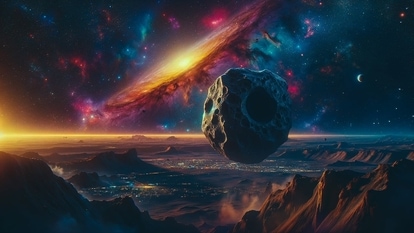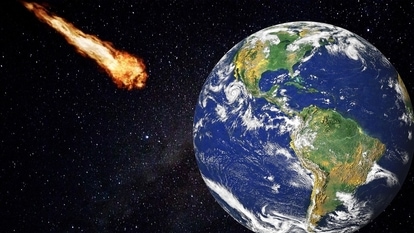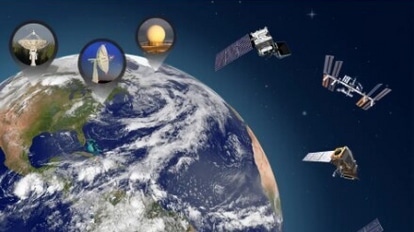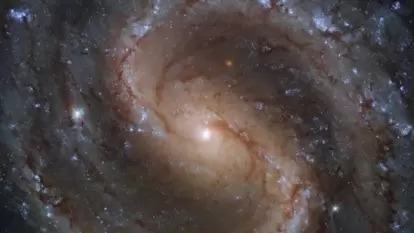Space ripple! NASA James Webb Space Telescope captures WEIRD rings around a star
The NASA James Webb Space Telescope has managed to capture an extremely strange phenomenon. An image taken by it shows strange ripple-like rings around a star.
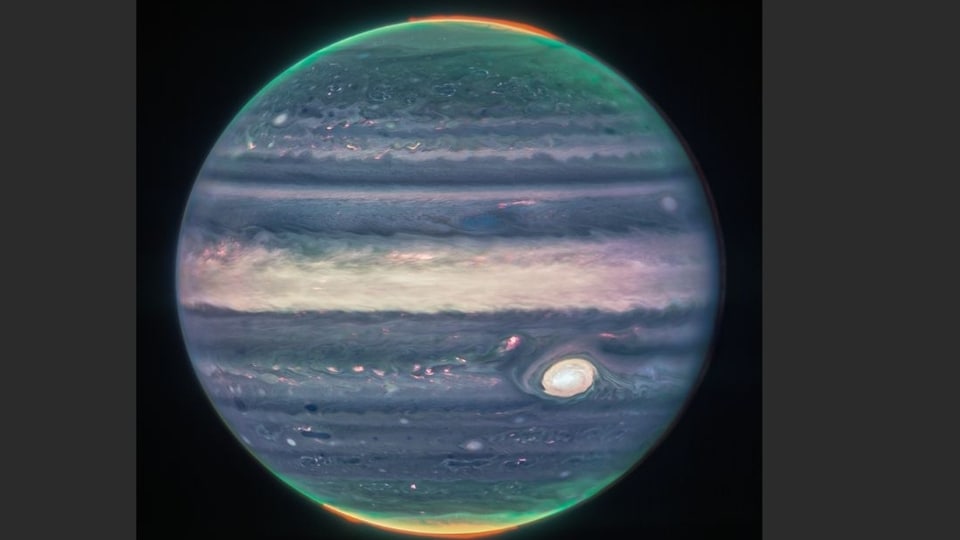
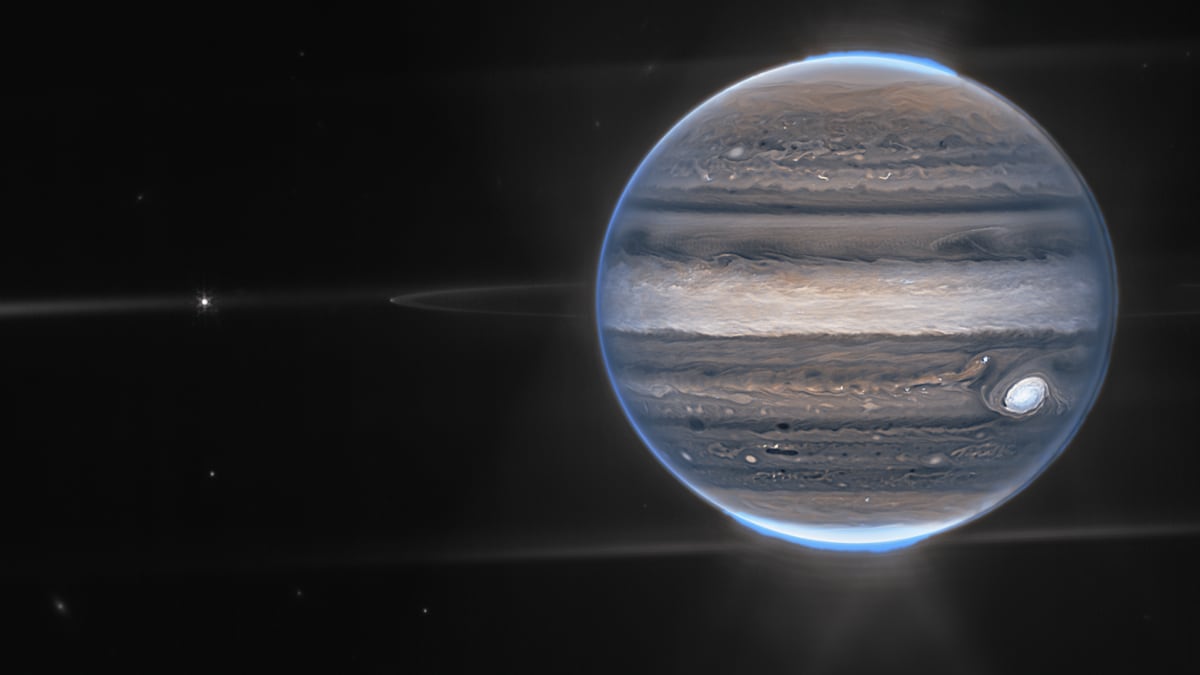
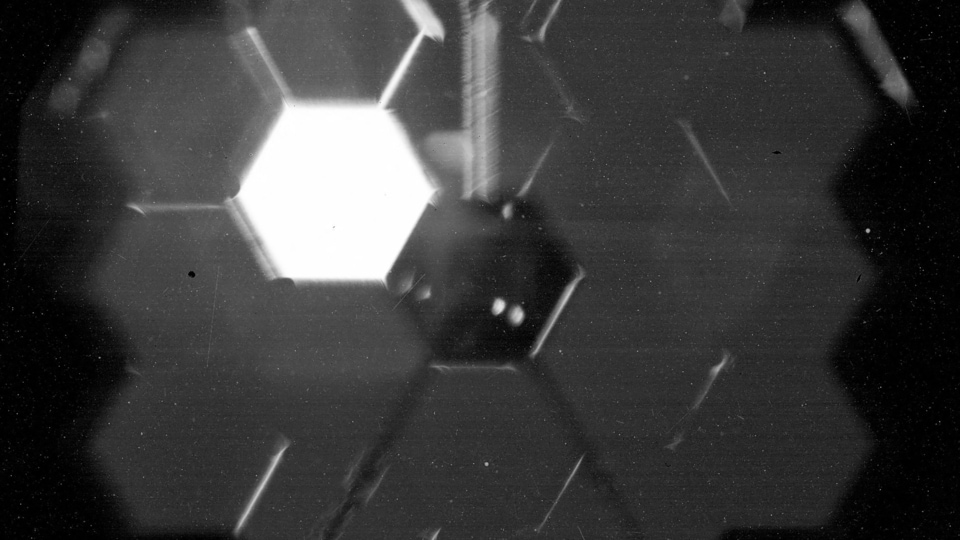
_1661230453587.jpg)
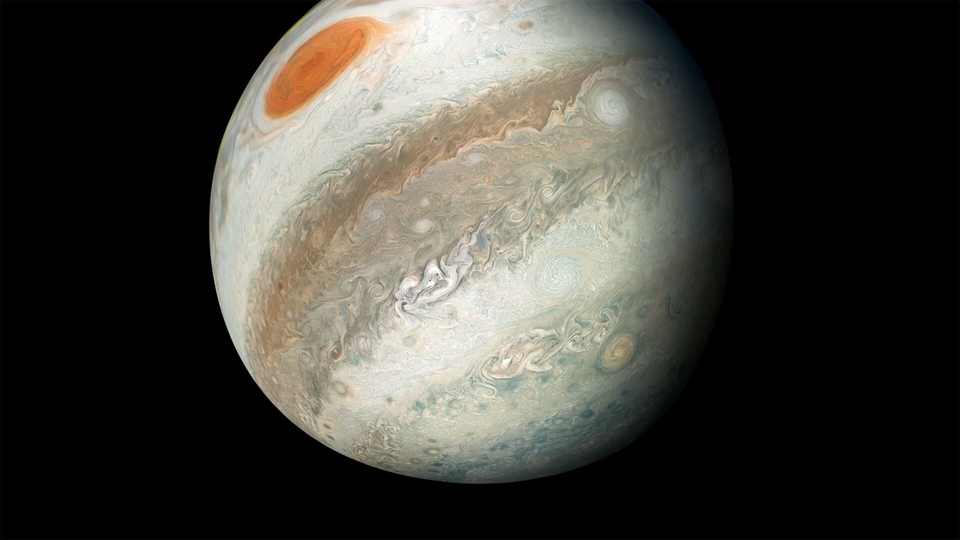
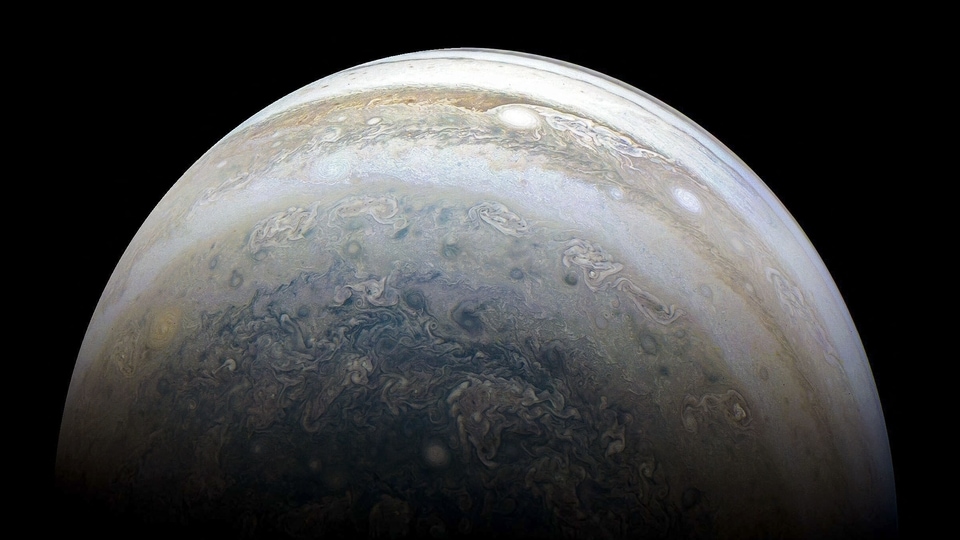
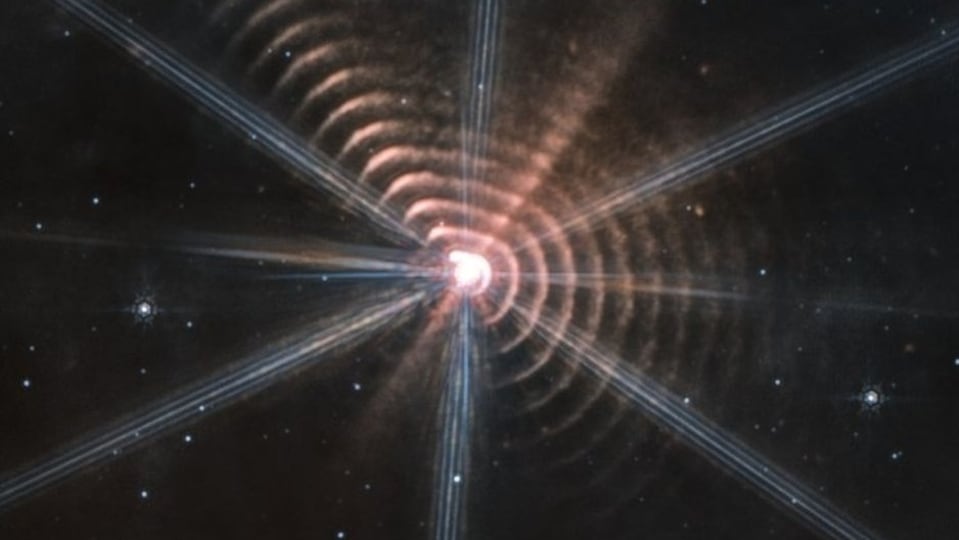
 View all Images
View all ImagesThe NASA James Webb Space Telescope (JWST) has already built its reputation for capturing unimaginable sights from distant space. Yet, with every new find, it inspires the same awe and sense of wonder. In its latest find, the tech marvel has found a giant, distant star. But it is not the star which is strange, it is the space around it. The star is surrounded by concentric angular rings which can be seen for millions of kilometers around it. The rings eerily resemble a water ripple. So, what exactly are these rings and what is causing them to form such a structure around a star? Read on to find out.
NASA JWST captures rings around a star
After the initial observation, many speculations came including the infamous suggestion that it might be aliens. But a new study, published in the Nature journal, has shed light on what the ringed structure can actually be. According to the paper, the cosmic rings are nothing but organic dust that was generated and then spread across the universe by a unique star system.
The star observed by the NASA James Webb Space Telescope is called WR140. Interestingly, it is not an individual star but a star system where two stars revolve around each other.
“These two stars orbit each other in very elliptical orbits. Every eight years they get close to each other and produce dust,” Yinuo Han, an astronomer at Cambridge University in the U.K. and lead author told Space.com. This dust is what's responsible for the ripple effect around the star.
“These stars form very powerful solar winds. In the case of these stars, the solar winds are more like a hurricane. When the stars get to a certain distance from each other, the hurricanes combine, and we see these fireworks, these puffs of dust,” Han added.
Once these dust move out, with the initial push of the solar wind, there is nothing to stop them for millions of kilometers and they even cross surrounding galaxies in process. These dust move outwards at an equal speed and when the star's light falls on them, it looks like a cosmic ripple or a space ring.
Catch all the Latest Tech News, Mobile News, Laptop News, Gaming news, Wearables News , How To News, also keep up with us on Whatsapp channel,Twitter, Facebook, Google News, and Instagram. For our latest videos, subscribe to our YouTube channel.





